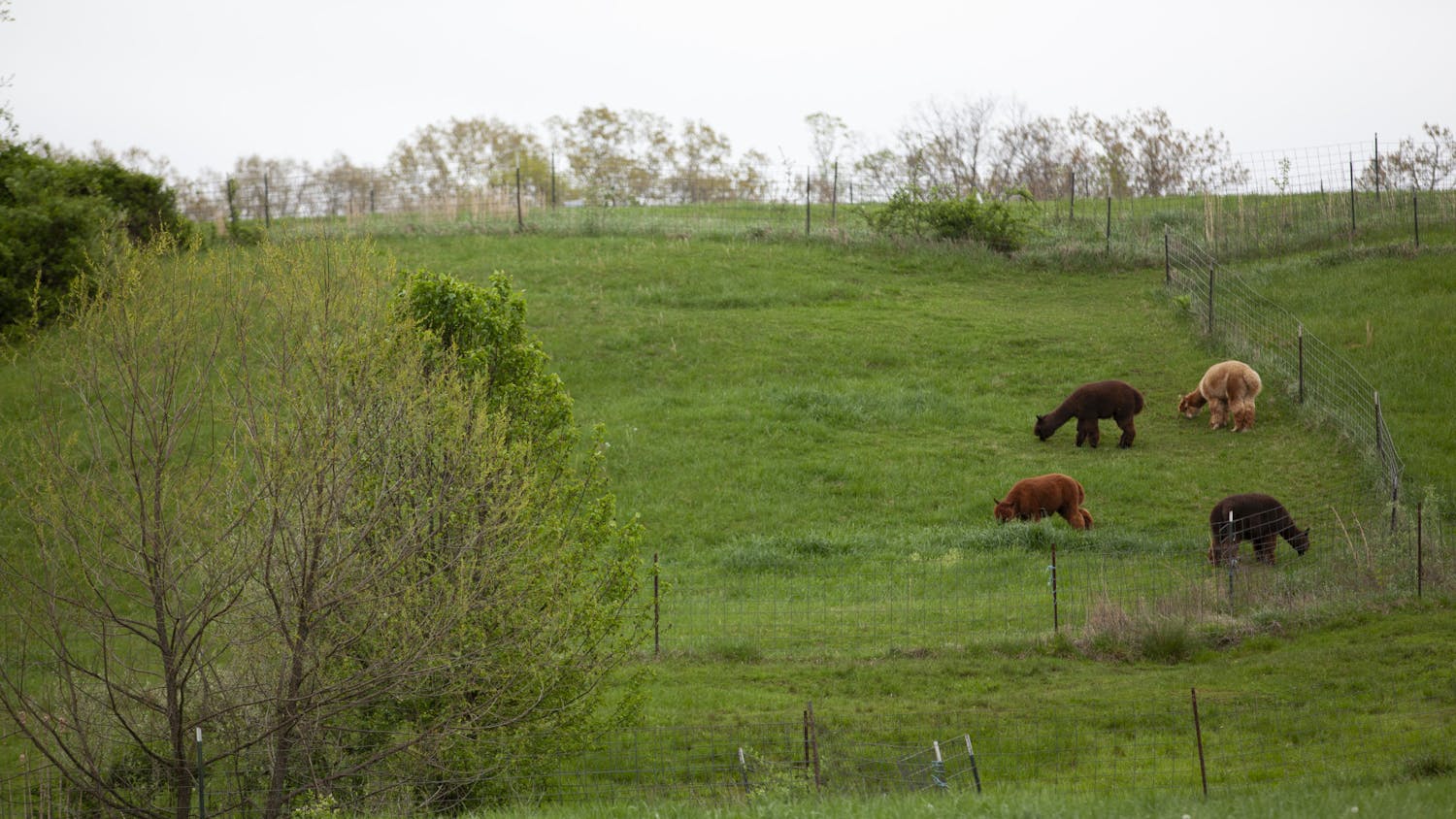Learning how to play guitar — the multiple scales, the esoteric chords and the endless fingerpicking — takes a great deal of practice to perfect or even just get to sound good.
But not every song calls for classically-trained, virtuosic complex playing. Sometimes you just have to beat the hell out of a guitar and hope you don’t break a string in the process.
Employing the acoustic guitar as a percussion instrument, although rare in genres beside folk rock and punk, can add a clean, surprising rhythm to a song’s mix. Take Tom Petty’s 1989 single “Runnin’ Down a Dream,” as a fine example. Following each of Petty’s declarations in the chorus, an acoustic guitar cuts through the mix, alternating between repeated E and A chord sequences. The guitar not only emphasizes Petty’s lyrics but also mirrors his cadence musically and makes the song more dancey.
Although the acoustic guitar originated in popular music as an instrument in the rhythm section, most listeners nowadays consider it essential to a song’s melody, especially with its prominence in soloing. So when the acoustic’s percussive effect is played up over its melody, it creates an unexpected yet absorbing rhythm.
Anarcho-folk punk artist Pat the Bunny (of Ramshackle Glory and Johnny Hobo and the Freight Trains) makes good use of his guitar as a steady complement to his rugged voice. The chords he plays are audible but their faint ring is overshadowed by his vocal melody and simply how hard he is striking the strings.
In a more subtle, American primitivist guitarists such as John Fahey and Leo Kottke tend to create rhythmic compositions by continuously striking a low note on the E-string that adds less to the melody than it does to ground the song in some sort of beat. Fahey and Kottke were all about treating the guitar like an orchestra, drums included. The absence of accompanying instruments lead to unconventional adaptations.
If you’ve ever seen The Talking Heads’ concert film Stop Making Sense, David Byrnes opens the show solo and strumming “Psycho Killer” in a way that emphasizes the rhythm while creating a sense of liveliness and nervousness. That makes sense since “Psycho Killer” is an introvert’s anthem. And, appropriately, percussive acoustic guitar with staccatoed notes creates a sense of uneasiness and instability just like the character the song evokes.
Even though detractors of this kind of guitar playing might say it takes no real talent or merit, musicians such as Pat the Bunny, Mumford & Sons and AJJ (formerly Andrew Jackson Jihad) have still crafter works of art that heavily leaned on it. Banging on a sweet-sounding fretted instrument with as little concern for melody as Sid Vicious or using it to throw a curveball to listener expectations prove the worth of percussive acoustic guitar playing, if for psychological effects alone.
After all, it’s natural for babies to want to bang on stuff until it breaks, so why would that tendency disappear give or take 20 years later? Although, there is a big difference between wooden blocks and a Martin D Series.
Luke Furman is a senior studying journalism at Ohio University. Please note that the views and opinions of the columnists do not reflect those of The Post. What do you think? Let Luke know by tweeting him @LukeFurmanLog or emailing him at lf491413@ohio.edu.






